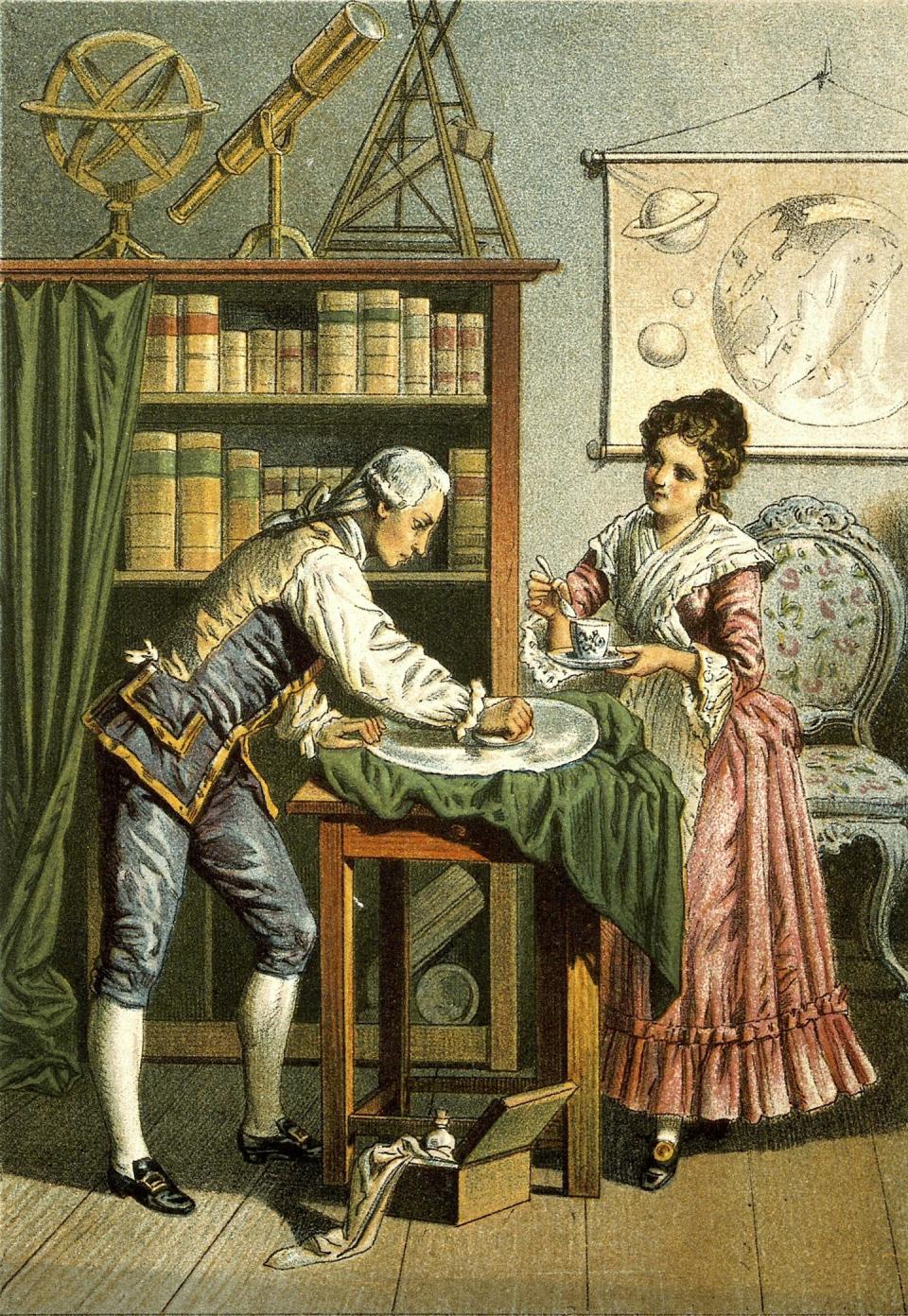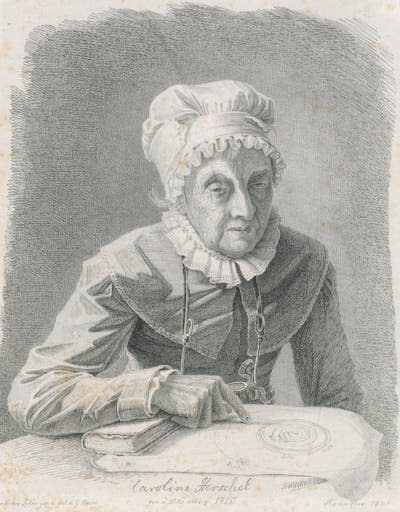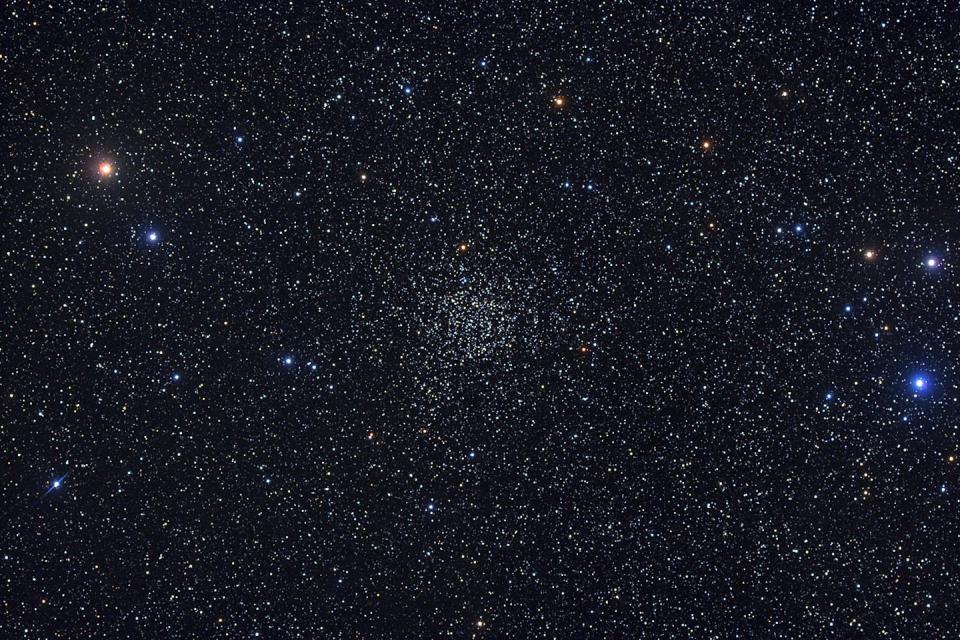The first British professional female astronomer, Caroline Herschel, made contributions to astronomy that are still important today. But even many astronomers may not recognize his name.
Most scientists care about the latest techniques, data, and theories in their field, but they often know little about the history of their discipline. Astronomers like me are no exception.
It wasn’t until I was teaching an introductory astronomy class that I learned about Caroline. Now others will learn about him, thanks to his documents being exhibited at the Herschel Museum in Bath, England. His story reflects not only the priorities of astronomy but also how credit is allocated in the field.
His path to astronomy
Born in 1750, Caroline Herschel’s childhood was not easy. After she suffered injuries from typhus at a young age, her family assumed she would never marry and treated her as an unpaid servant. Although she showed great interest in learning from a young age, she had to complete household chores. She eventually ran away from her family to follow her older brother, William Herschel, whom she admired, to Bath.

Caroline was initially a somewhat reluctant astronomer. William did not become interested in astronomy until he was fully immersed in the subject. Although she spoke somewhat disparagingly of pursuing her brother in various interests, including music and astronomy, Caroline eventually admitted her genuine interest in studying astronomical objects.
At that time, astronomers were mainly interested in finding new objects and precisely mapping the sky. It was also popular to use telescopes to look for new comets and nebulae. William Herschel became famous after his discovery of Uranus in 1781, but at first he mistook the planet for a comet.
At the beginning of her career, Caroline worked as William’s assistant. She focused mostly on astronomical instrumentation tasks, such as polishing telescope mirrors. She also helped copy the catalogues, and took careful notes on William’s observations. But then she began to make her own observations.
searching for the sky
In 1782, Caroline began recording the locations of new objects in her own logbook. Thanks to this work, he discovered several comets and nebulae. He discovered a comet on August 1, 1782; This means he was the first person to see it with his own eyes through a telescope. This was the first comet discovery attributed to a woman. She went on to discover seven more comets over the next 11 years.


During the Herschels’ work, it was the actual observation of an object that warranted public recognition, so Caroline was given credit only for the comets she saw through a telescope. He was less credited than William for all of his other work, such as recording and organizing all the data from William’s observations.
For example, when Caroline took all of William’s observations and compiled them into a catalogue, this catalog was published under William’s name. Caroline is referred to in the paper only as “assistant”.
However, for his discoveries and his work as William’s assistant, he was awarded the title of Henry III of England. George gave Caroline a salary, making her the first professional female astronomer.
Later in her life, Caroline reorganized the same catalog more efficiently according to how practical astronomers interested in searching for comets actually observed the night sky. This updated catalog was later used as the basis for the New General Catalogue, which astronomers still use to organize stars today.
The Herschels also created the first—though not entirely accurate—map of our galaxy, the Milky Way.
Who gets the credit in astronomy?
Recognition of scientific work in the astronomy community is now quite different from what it was in the Herschels’ time. In fact, most astronomers receiving credit today are people whose work is very similar to Caroline’s: recording and organizing data about astronomical observations.
Astronomers rarely look into telescope lenses anymore, and many of the most important discoveries are made by telescopes in space. But astronomers still need to be able to make sense of all the data coming from these telescopes. The catalogs prepared by Caroline are important tools for this.
Most people today have never heard of Caroline Herschel. Although he has many astronomical objects and even a satellite named after him, he does not have the same name as other astronomers of his time. Part of his lack of recognition is probably because he gets all the credit for his brother’s catalog. Astronomers today would credit both.


Herschel is just one of a long group of female astronomers who have not received the recognition they deserve and whose work has been used to justify awarding awards to male scientists. These issues are not limited to 18th-century science but also persist in modern astronomy. Jocelyn Bell Burnell, who discovered the first radio pulsar, was excluded from the 1974 Nobel Prize and the award was instead awarded to Dr. advisor.
Although astronomy has come a long way since the 18th century, astronomers still need to think carefully about how to fairly recognize the people involved in scientific discoveries. Recognizing the contributions of astronomers like Caroline Herschel is a small step towards giving credit where it is due.
This article has been updated to pay tribute to other female astronomers who came before Herschel.
This article is republished from The Conversation, an independent, nonprofit news organization providing facts and authoritative analysis to help you understand our complex world. Written by: Kris Pardo, USC Dornsife College of Letters, Arts and Sciences
Read more:
Kris Pardo does not work for, consult, own shares in, or receive funding from any company or organization that would benefit from this article, and has disclosed no affiliations beyond his academic duties.